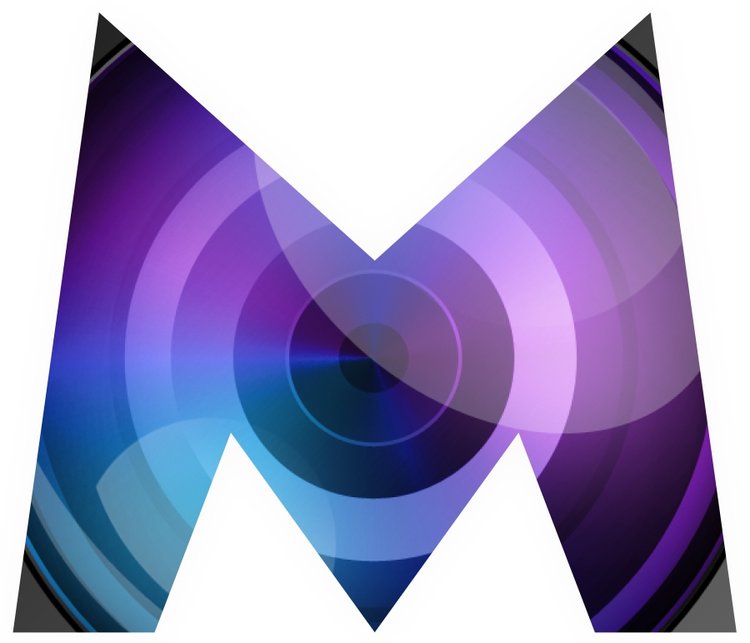This week in Fandom the readings centered around how Fans interpret brands and either create their own meaning as well as brands that have meaning that is created for audiences to follow.
In chapter of Buying In by Rob Walker, he discusses the ‘Pretty Good Problem’ where brands who have capital across the board are considered the most successful. With potent brands like Apple and Nike to name a few, the icon/logo is infamous — it has been used and parodies have been created over the years. Fandoms have existed for years and the fans span across a multitude of demographics, where fans have used the brands as part of their identity.
Personally, I have been a devoted Apple user for nearly 20 years. My connection to Apple Computers goes beyond my repeat purchases and scaled and increased usage over the years. It all began in High School, when the iPod came out — and quickly escalated to a few computers and iPods before joining the ranks of early Apple Retail Store employment in the mid-2000s. From there, I learned the computers and supporting products in-and-out and have owned almost every iPhone since the beginning. I currently use an Apple computer, iPad, and iPhone in my day-to-day routine. It’s an endless cycle, but couldn’t be happier as my experience with other computers and technologies just isn’t as bright.
We see this behavior in apparel and toys that are licensed to support the fan text or fan object. Band t-shirts are one of the largest grossing items that sell and support the music industry. It’s a way for fans to show and wear their favorite identifies on their bodies, showing the world who they like, which in turn allows for them to display their identity.
I found this method of expression most appealing in High School, where wearing branded merchandise (shirts, patches, stickers and buttons) from the bands I listened and identified with were part of my default outfit during my punk phase. I saw it as a way to find others that liked similar things — Myspace was really just getting the green light at the time, so this ‘old fashioned’ way of relating to the world was my ticket in with friends of similar tastes.
In From Smart Fan to Backyard Wrestler: Performance, Context, and Aesthetic Violence (WWF) written by McBride and Bird, the authors outline the idea of the difference of Smart Fans vs Mark Fans where Smart Fans are the Fans that despite the knowledge that Professional Wrestling is an acted-out event, they are 100% engaged with the degrees of facts and history of the sport, where Mark fans typically have no idea that the sport is ‘fake’ and simply go along with the storyline as if it were real — most typically children according to the authors.
The authors discuss how backyard wrestling — simply put reenactments to what the WWE on television, is to be held by normal people in their neighborhoods — grew to be a fandom of it’s own, where it extended to the internet and eventually extended into an active fandom where the ritual was replicated across the nation. This in turn was enabled by material culture of the fans — video cameras, trampolines, TV, and Internet services — and allowed participants to explore the limits of experiencing the sport beyond being a spectator.
This type of immersion in a Fandom can hold so much more meaning and sense of identity to it’s fans, as they are actively engaging and participating in matches that are either written based on existing or influenced by. Seemingly, this would engage the Smart fans of the sport more than the Mark fans — in turn, requiring smart status and knowledge to influence and produce worthwhile content most likely.
x.
